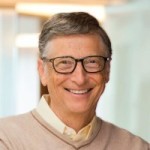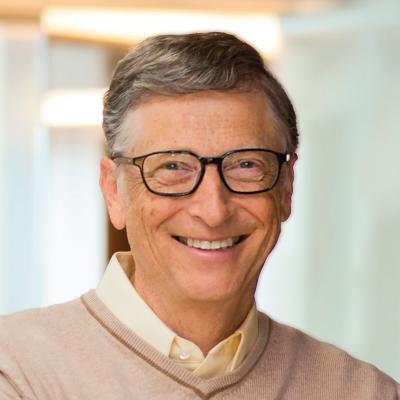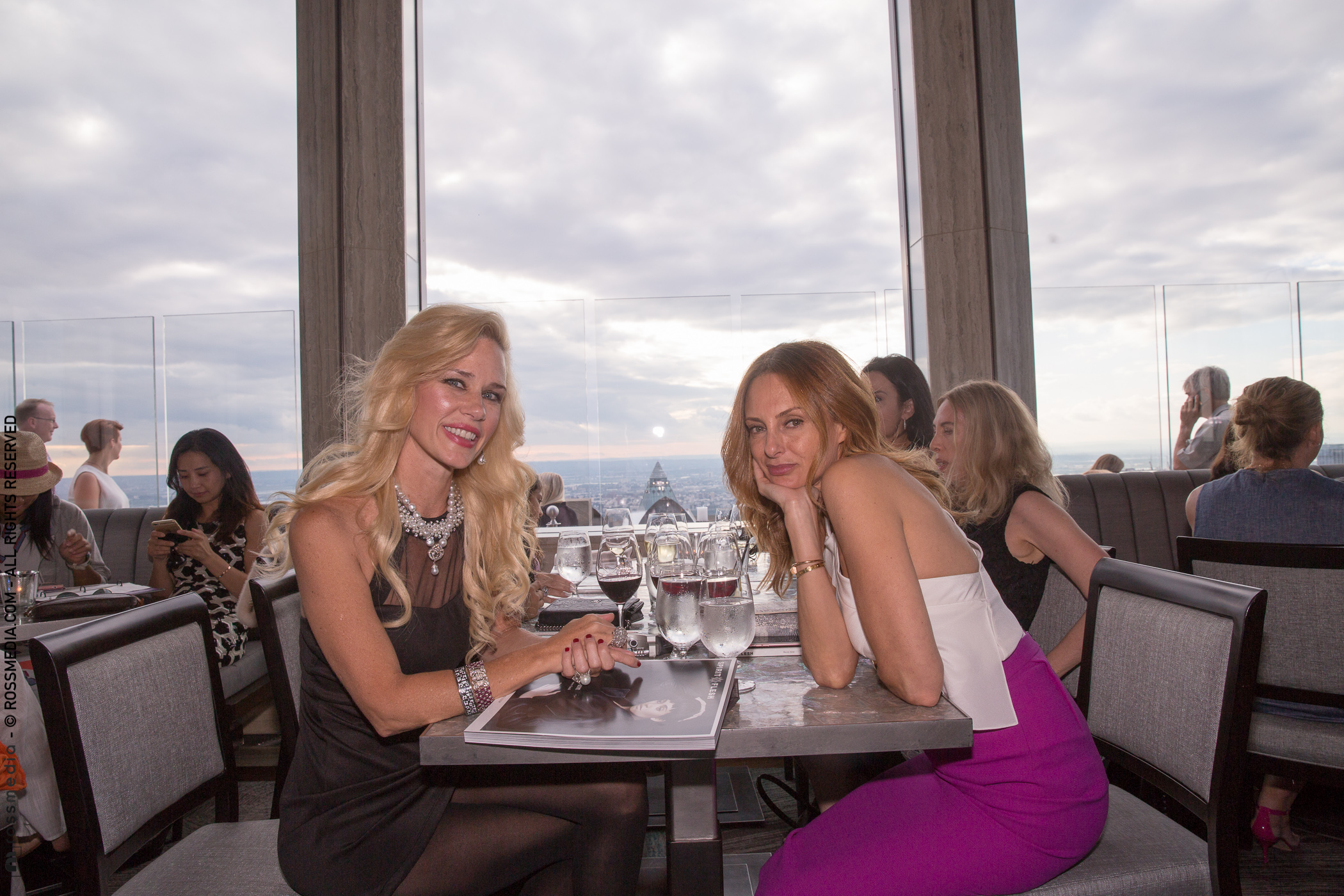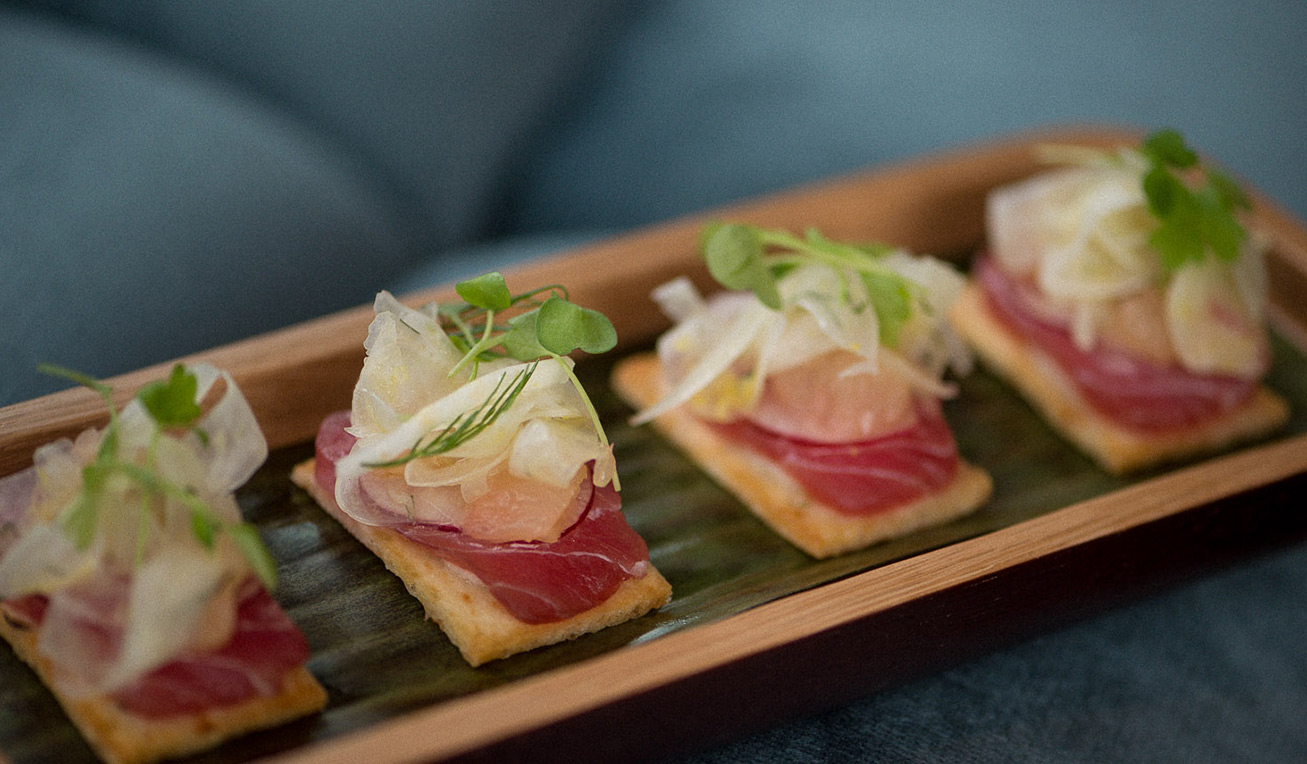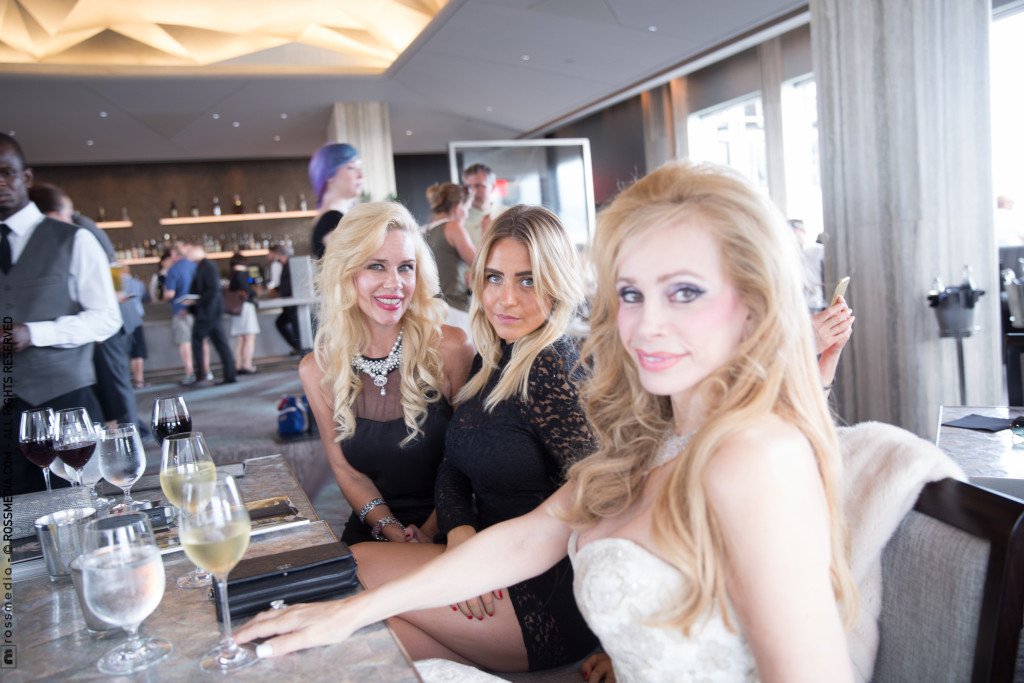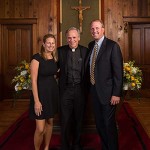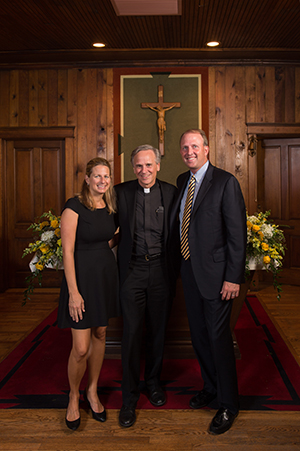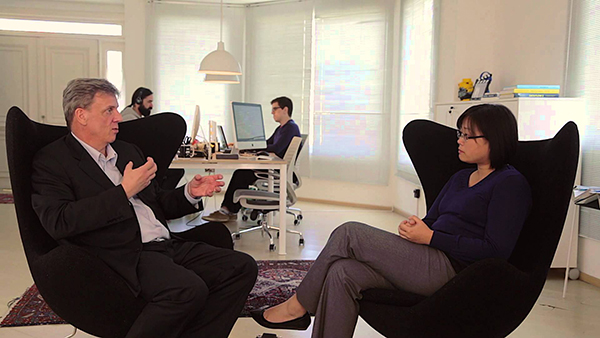
Originally published in US Weekly Magazine

In today’s ever-changing and hyper-digitalized age, the online world has become a dynamic realm filled with influencers, experts, and creators who’ve mastered the art of creating engaging content. Whether you’re seeking inspiration, knowledge, entertainment, or simply a fresh perspective on life, there’s a vast array of talented individuals shaping the narrative in the online world. This exclusive listicle sheds a spotlight on the top 20 people to follow online in 2023. From thought leaders and artists to entrepreneurs and philanthropists, these digital stalwarts are sure to enrich your virtual journey.
1. Dr. Cat Begovic

Dr. Cat Begović, a Harvard alum with an MD from UCLA School of Medicine, is a renowned board-certified plastic surgeon, entrepreneur, and advocate for women’s empowerment. Specializing in tummy tucks and labiaplasties, she also excels in breast augmentations, rhinoplasties, facelifts, and vaginal rejuvenation. Dr. Cat is known for her meticulous work that leaves patients with nearly invisible scars, earning her a massive following. She founded MD Glam, a skincare line reflecting her commitment to quality and self-care. Dr. Cat is equally popular on social media platforms, which serve as a sanctuary for women to unite, uplift, and celebrate individuality.
2. Binais Begović

Binais Begović is a prominent figure in self-leadership and personal transformation. He guides individuals in rediscovering their purpose and assists corporations and top-tier CEOs in shaping compelling visions. Binais blends philosophy, spirituality, and practicality to distill complex ideas into transformative strategies, resonating with his vast following. He offers his courses, insights, and tools on self-leadership through his website, Binais.com, while inspiring and empowering his audience through social media platforms like Instagram. Rooted in authenticity and armed with a forward-thinking approach, Binais is the beacon for the next generation of world beaters, helping them reignite their true purpose.
3. René Rodriguez

Armed with 27 years of experience in groundbreaking behavioral neuroscience research, René Rodriguez stands out as a distinguished entrepreneur, celebrated author, and influential speaker. He specializes in solving complex leadership, sales, and change management challenges. As the CEO of several successful ventures, René motivates audiences to take action through his engaging keynotes, immersive boot camps, and the exclusive AMPLIFII™ course. His bestselling book, “Amplify Your Influence,” has garnered widespread acclaim and earned the accolade of 2022 Best Business Book. René frequently shares the stage with other luminaries such as Tony Robbins, Ed Mylett, and Gary Vaynerchuk.
4. Dr. John Jaquish

Dr. John Jaquish, a visionary in the health and fitness industry, has single-handedly revolutionized multiple facets of wellness. He created a groundbreaking medical technology to enhance bone density with the highest efficacy through his collaboration with Tony Robbins and OsteoStrong. Millions of people across 15 countries now leverage the effects of this invention. Moreover, Dr. Jaquish’s ingenious creation, X3, has redefined muscle development and rendered traditional weightlifting obsolete while reducing the risk of joint injuries. His innovative techniques power elite athlete training programs, benefiting the likes of the Miami Heat, NFL and NBA stars, and Olympians, facilitating exceptional strength gains while significantly lowering the risk of injuries
5. Dr. Ahmet Ergin

Dr. Ahmet Ergin is a prominent figure in the diabetes community who’s the founder of SugarMD and SugarMDs Medicinal Herbal Supplements & Vitamins. An advocate of a holistic approach to diabetes management, Dr. Ergin completed his education at Cleveland Clinic and firmly believes in diabetes reversibility through alternative methods. With nearly a million social media followers and a thriving YouTube community, he has a significant influence on the industry. Dr. Ergin is also a prolific author with three books under his belt, two of which are dedicated to enhancing the well-being of diabetics via healthy dietary practices. His impactful work continually attracts individuals seeking guidance in their diabetes management journeys.
6. Guy Sheetrit

Guy Sheetrit is a marketing mastermind who has built an empire with his company, Over The Top SEO (OTT). With a reputation for transforming businesses into revenue-generating powerhouses, Sheetrit boasts an exceptional track record of scaling businesses from x10 to x100 growth over the past decade, earning him recognition as a true visionary. A genius in search engine optimization, Sheetrit was named among the top three SEO authorities in the world by Inc. Magazine. Over the last five years, he has helped generate over $1 billion in revenue for his clients using unique marketing techniques and SEO strategies.
7. Mohammad Baydoun

Dr. Mohammad Baydoun, the “Doctor of Real Estate,” is a visionary architect and a true luminary in Dubai’s real estate landscape and beyond. He is a well-known internet personality renowned for his strategic prowess in large-scale development projects. With an exceptional ability to craft compelling designs that resonate with customers, he consistently achieves high closure rates. Dr. Baydoun’s technical acumen, including precise layout design, structural measurements, and engineering calculations, empowers buyers to make informed decisions. Beyond real estate, his remarkable physique and unconventional fitness methods inspire countless individuals. He shares his expertise and transformative advice on social media, helping others become the best versions of themselves.
8. Alex Tripod

Alex Tripod is a renowned business & manifestation coach and CEO recognized for her expertise in transforming lives and businesses. As a #1 best-selling author and international speaker, she has empowered countless individuals worldwide through her workshops and programs. With an unwavering commitment to raising the frequency and mental health of impact-driven leaders, Alex is on a mission to create a ripple effect that ushers in a new era of freedom, abundance, and self-expression. Alex is set to take her groundbreaking workshop, ‘MANIFEST 10X,’ on a global tour in September-October 2023, touring the USA, London, and Canada.
9. Michelle-Marie Heinemann
Michelle Marie Heinemann Scaglia is a multifaceted powerhouse and the CEO of Old Fashioned Mom LLC, a prestigious luxury lifestyle brand. Her journey to entrepreneurship was preceded by a vibrant career as a professional abstract expressionist artist, with exhibitions spanning the globe. As a classically trained pianist, she has not only recorded two albums but also graced the stage at the esteemed Fazioli Grand Concert Hall in Sacile, Italy, with her mesmerizing performance of “Hummingbird Mornings.” Michelle-Marie’s artistic passion extends to motherhood, where she nurtures her two children, Hudson Cornelius Heinemann and Hyacinth Cornelia Heinemann, fostering their growth as she simultaneously works on her eagerly anticipated third album.
10. Danelle Delgado

Often referred to as the “millionaire maker,” Danelle Delgado is a visionary entrepreneur, coach, and bestselling author. She is the co-founder & CEO of Team Engage, a premier self-development and training institute that equips companies, entrepreneurs, and employees with the tools to scale their sales, incomes, and lives. Danelle believes that gaining attention is simple, but the real challenge lies in sustaining it. And that’s exactly what she teaches in her award-winning training course. Danelle also wrote the best-selling book “I Choose Joy: The Daily Gratitude Practice That Will Transform Your Life,” where she revealed her secret recipe for success.
11. Nicole Psomas

Nicole Psomas is an internationally recognized celebrity physical therapist. In 2009, she pioneered and trademarked a recovery method, “The Psomas Method,” for cosmetic plastic surgery. Nicole’s star-studded clientele includes influential people like actors, politicians, corporate CEOs, international figures, socialites, podcasters, and TV personalities. In 2019, she published her book, “After the Cut: How to Prepare for and Recover from Cosmetic Plastic Surgery.” A proven expert across multiple cosmetic procedures, Nicole launched a certification course this year in LA, Miami, NYC and Las Vegas.
12. Nina Verkoeyen

Nina Verkoeyen, known as “the modern female Buddha,” is a spiritual teacher and former psychologist with over two decades of experience. She established Meta Spirituality in 2016, a spiritual movement making waves across America, when she realized The Last Truth and experienced a spiritual awakening. Since then, she has dedicated herself to disseminating the principles of Meta Spirituality, with a mission to enlighten civilization by 2050. Notably, Meta Spirituality promises enlightenment to its members, often achieved as early as the second day. The Meta Spirituality community is rapidly gaining traction as more individuals embrace the idea of a direct connection with the Creator within themselves.
13. David Rojas

David Rojas is a prominent figure in the world of stock trading, entrepreneurship, and philanthropy. He is the Founder & CEO of Blue Castle Ventures LTD, a premier trading institute helping clients access global markets with actively managed strategies, taking advantage of the latest asset trends. Armed with a Harvard degree in Alternative Investments and over 14 years of experience in day trading and wealth management, David has earned a distinguished reputation among the world’s top traders. He’s equally renowned for his philanthropic efforts, making a significant impact through his charitable endeavors.
14. Tony Robbins

Tony Robbins is a best-selling author, coach, and speaker who has influenced millions of lives positively. He is the founder of several successful businesses and the creator of popular programs such as Unleash the Power Within and Business Mastery. He is also a philanthropist who actively supports various causes, such as education, health, and human rights. He has partnered with organizations like Feeding America, Operation Underground Railroad, and The XPRIZE Foundation to make a positive impact in the world. As a leading voice in personal and professional development, Robbins uses his social media platforms to share valuable insights, tips, and stories that inspire his viewers to crush their goals.
15. Vera Yanti Kretschmar

Vera Yanti Kretschmar is a dynamic entrepreneur, visionary leader, and distinguished angel and crypto investor. As the Managing Director at Ivory Capital, she spearheads strategic initiatives and growth in diverse sectors. She has also left her mark as the Founder of Anaya Aesthetics, where she merges beauty and wellness, promoting self-confidence and self-care. Furthermore, Vera is recognized as the visionary behind Anaya Property Investments, where she combines her business acumen with her commitment to real estate, forging new paths in property development and investment. Her multifaceted approach to entrepreneurship and investment showcases her dedication to both financial success and societal impact.
16. Paula Stachyra

Paula Stachyra, a.k.a the ‘Queen of the Grill,’ is a popular BBQ chef and cookbook author who’s written multiple books, including “Wing Crush – 100 Epic Recipes for your Grill or Smoker” and “The Big Book of Barbecue on Your Pellet Grill” (to be released in May 2024). She has been named among the ‘Top 15 Authors to Read in 2023’ and has been featured on Cedric The Entertainer and Anthony Anderson’s AC Barbeque website for creating a recipe for their new line of BBQ rubs. With appearances on various top media networks and social media accounts, Paula has taken her spot as a leading media personality.
17. Karishhma Mago

Karishhma Mago is a visionary digital entrepreneur disrupting the status quo as the CEO & co-founder of two trailblazing companies – Miami Crypto, a leading blockchain & AI news platform, and Digital Nod, an award-winning digital PR firm. By leveraging her expertise in personal branding and public relations, Mago helps founders, CEOs, and global enterprises to boost their brand image and online presence. A highly sought-after crypto advisor and marketing mastermind, she often shares her insights on Web3, marketing, and entrepreneurship on her social media handles, blogs, and in the editorial columns of renowned publications.
18. Jay Shetty

Jay Shetty is a popular podcaster, author, life coach, and social media personality. He is the founder of Icon Media, a digital media company that produces content on topics such as mindfulness, wellness, and spirituality. He is also the founder of Sama Tea, a social enterprise supporting education for underprivileged children in India. In his podcasts and videos, Jay interviews celebrities and influencers and explores topics such as relationships, happiness, and purpose. He hosts “On Purpose,” one of the top health podcasts in the world. Drawing upon his first-hand experiences and lessons learned from Vedic monks in India, he also wrote the New York Times best-selling book “Think Like a Monk.”
19. Adam Weitsman

Adam Weitsman is a renowned entrepreneur, restaurateur, recycler, and philanthropist who owns Upstate Shredding – Weitsman Recycling, a scrap metal processing company in New York. He is also a passionate art collector and restaurateur supporting various charitable causes. He has won several awards for his business achievements and is renowned for his philanthropic endeavors, such as donating all the profits from Krebs restaurant to 16 regional nonprofits in 2015. He shares his personal and professional journey on his Instagram account, where he posts inspiring photos and videos of his family, friends, business, and hobbies.
20. Gary Vaynerchuk

Gary Vaynerchuk, also known as Gary Vee, is a serial entrepreneur, author, speaker, and internet personality. He is the chairman of VaynerX, a communications company that owns media and technology businesses, and the CEO of VaynerMedia, a digital agency that helps Fortune 500 companies with their social media strategy. Gary Vee is one of the most influential and inspiring people to follow on social media. He regularly shares his insights, advice, and opinions on topics such as entrepreneurship, marketing, leadership, personal finance, crypto, and more. He also creates engaging and entertaining content across various mediums, including podcasts, YouTube and TikTok videos, and Instagram.












